As high school students here at Verrado plan their futures and prepare for graduation, many face the same question: Should they head straight to college in the fall, or take a gap year to explore other opportunities?
Gap years have gained popularity in recent years. Programs range from international travel and volunteer work to internships and personal development. While taking time off before college was once seen as unconventional, now students—and their parents—are taking the year off seriously. Some colleges report that a growing number of applicants are requesting deferrals to pursue meaningful gap year experiences before stepping onto campus.
For some students, a gap year offers the chance to step back from the intense pace of academics and reconnect with personal interests. Whether it’s backpacking through South America, interning at a nonprofit, volunteering for community service, expanding your resume, or exploring the corporate world, these experiences can help students build confidence, independence, and life skills that may not be taught in a traditional classroom.
Gap years can also offer financial clarity. Students unsure of their intended field may avoid costly missteps by waiting to enroll in college until they have a clearer direction. With the average cost of college tuition and housing continuing to rise, this breathing room can be essential. A well-spent gap year can provide time to work and save money, which can reduce the burden of student loans down the road.
However, gap years are not without financial challenges. Some structured programs can cost thousands of dollars, depending on travel, accommodations, and other expenses. And while students may gain valuable experiences, taking time off may also mean missing out on certain scholarships tied to immediate college enrollment. Without structure, some students may lose academic momentum or struggle to reenter the classroom environment after a year.
There’s also the risk of life getting in the way. A year off can sometimes lead to new responsibilities such as jobs, caregiving, or financial obligations that delay college further, sometimes indefinitely. What starts as a one-year plan can easily stretch into two or more, especially if students don’t have a clear strategy for returning to school.
Still, many colleges now allow admitted students to defer enrollment for a year, providing flexibility for those considering the option. This means students can hold their spot while taking time to explore their interests or recharge after high school. Resources like the Gap Year Association, AmeriCorps, and even college counseling offices can help families explore available opportunities and make informed decisions.
For students considering a gap year, many guidance counselors recommend setting clear goals and timelines. A successful gap year usually includes a mix of personal development and real-world experience, not just time off. Whether the focus is service, work, travel, or creative exploration, the key is to stay engaged and keep long-term educational plans in mind.
Ultimately, whether to take a gap year is a deeply personal decision, one that depends on a student’s goals, financial situation, and readiness for college. For some, the year off becomes a transformative experience that shapes their future path. For others, the structure and momentum of starting college right away may be the best fit.
As Verrado seniors look ahead to life after graduation, the most important step is to weigh their options carefully, ask questions, and choose the path that best supports their growth, not just academically, but personally and professionally.


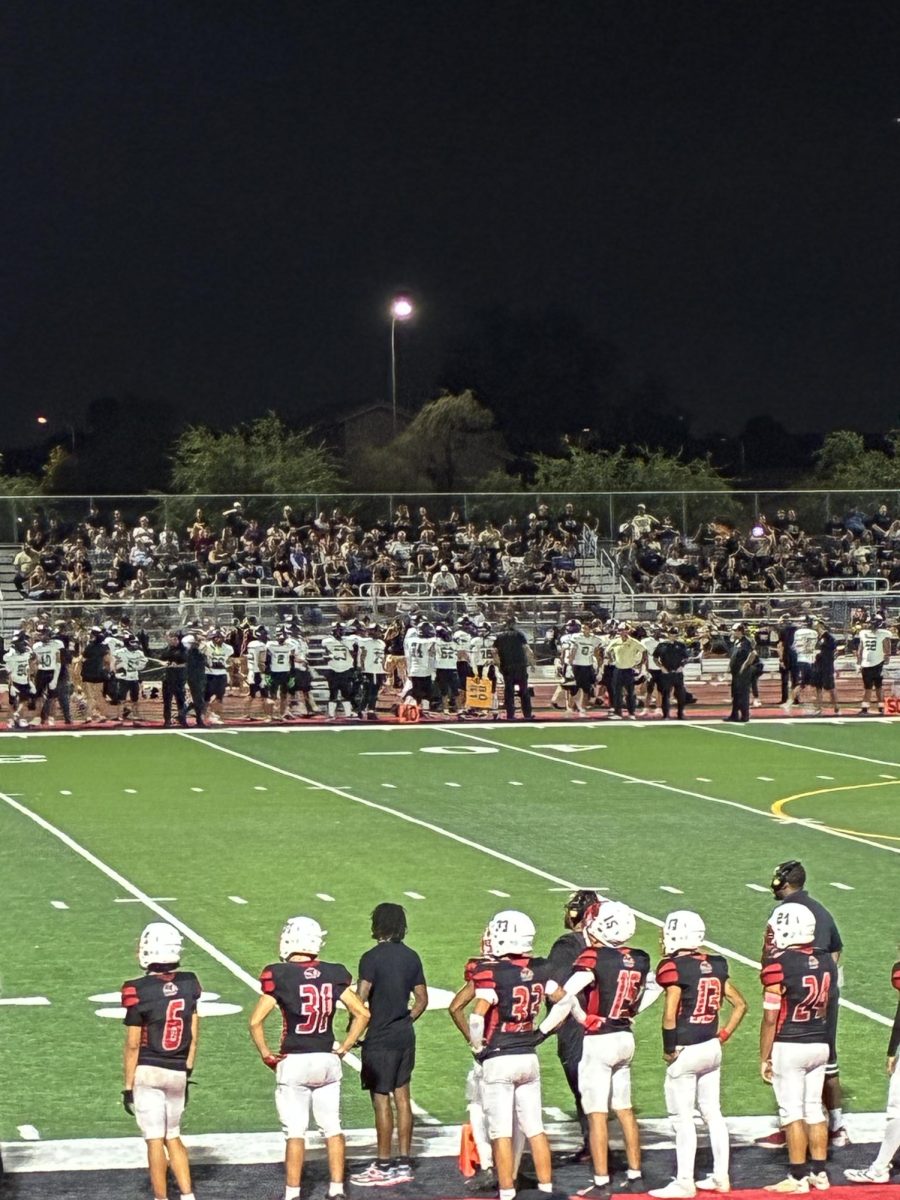
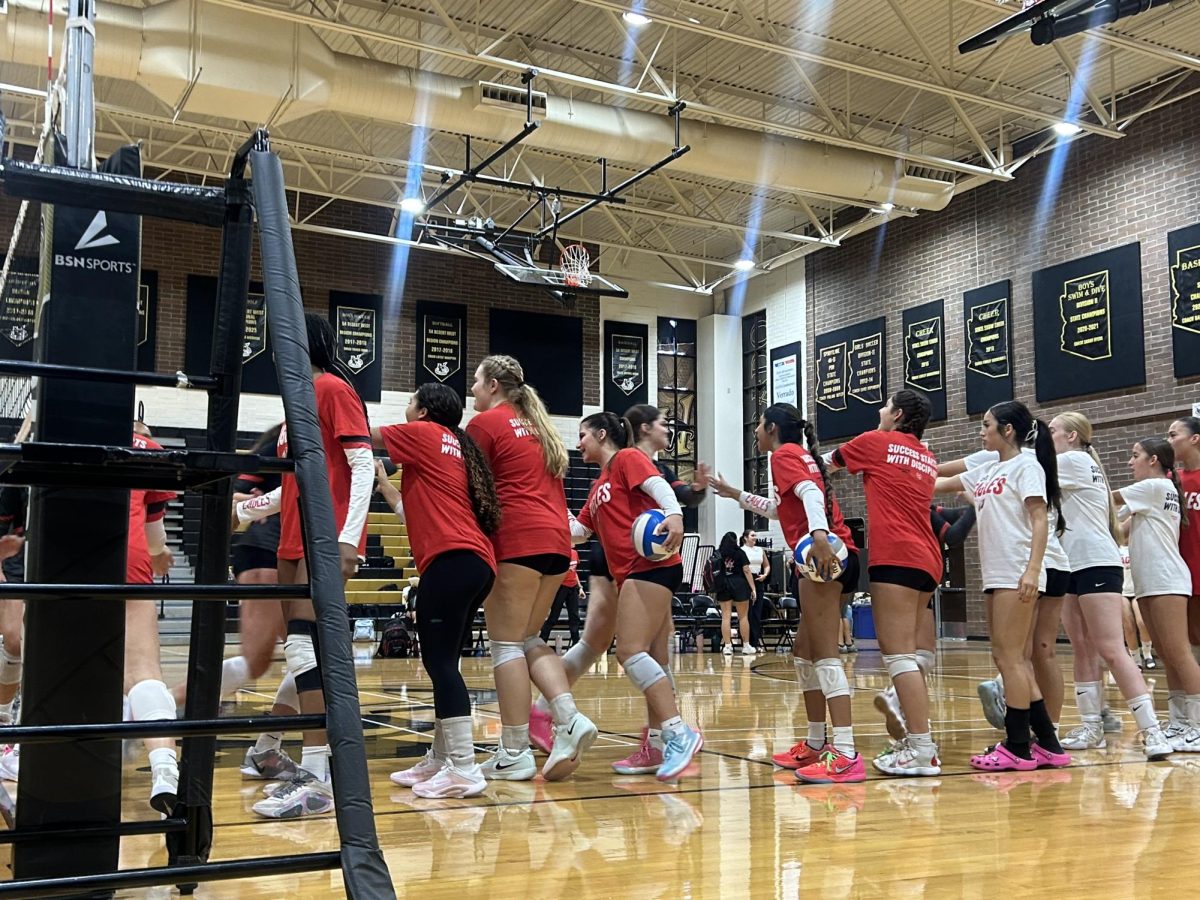

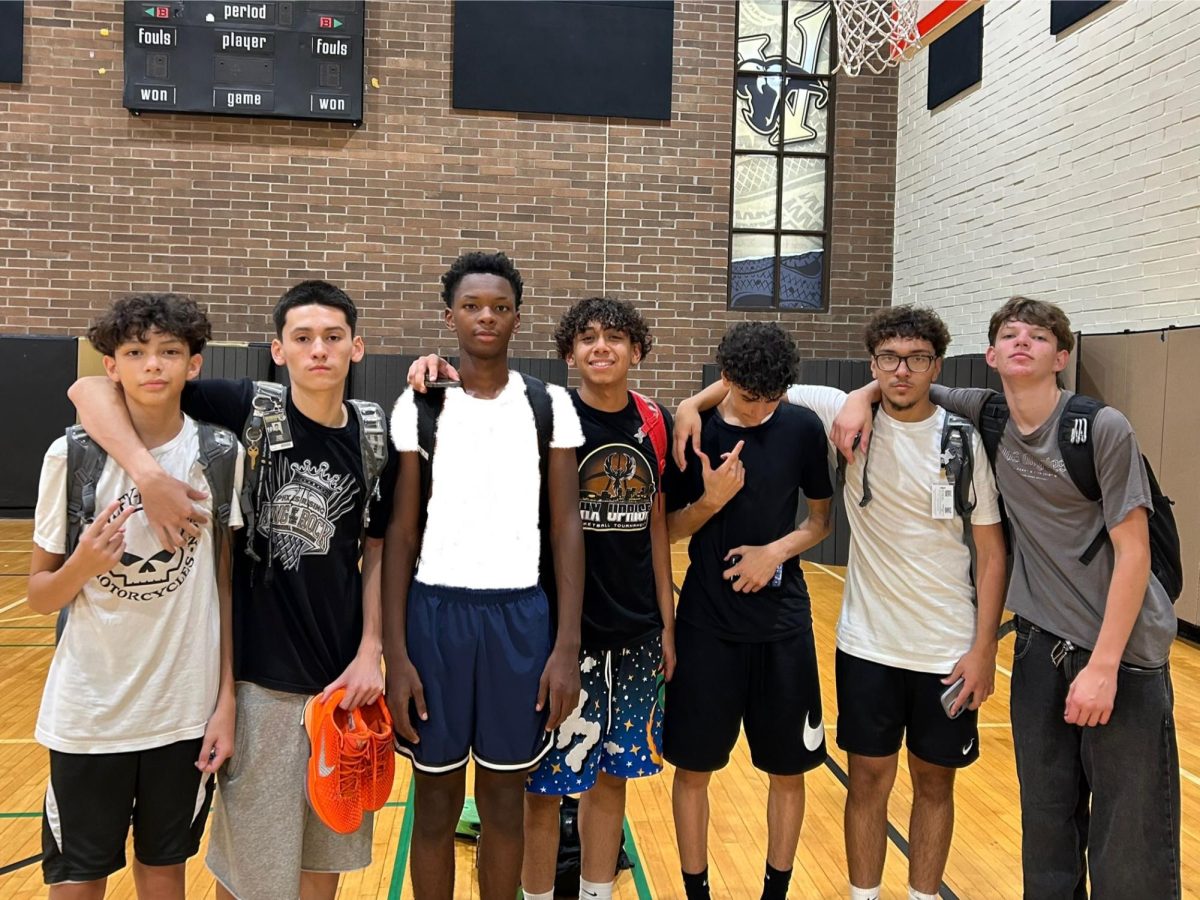






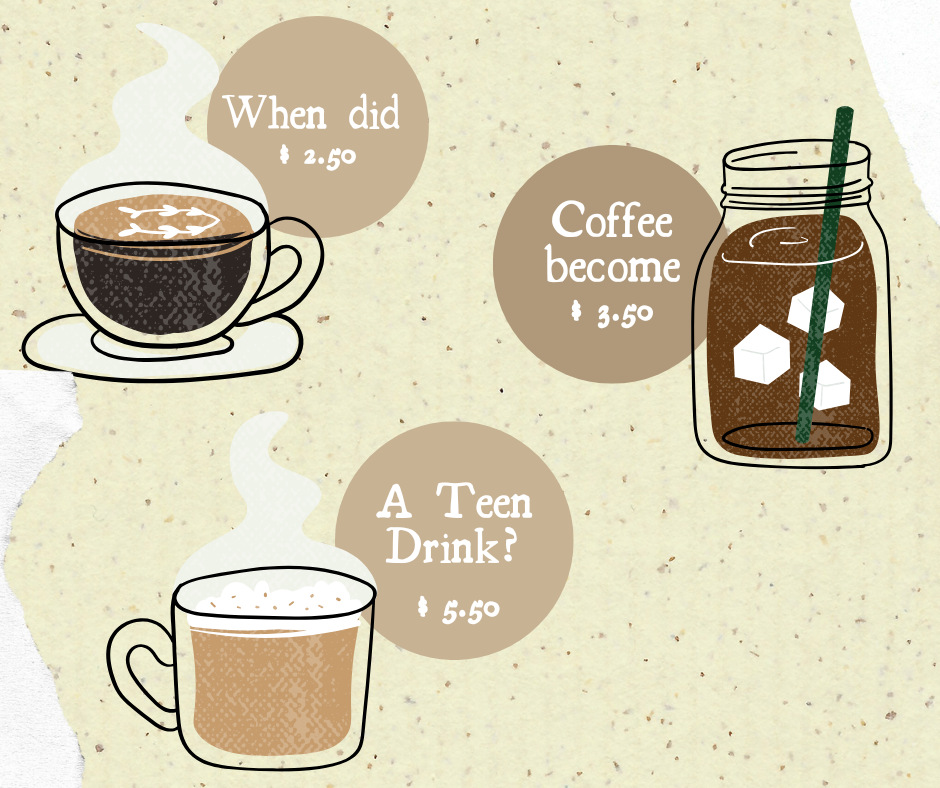
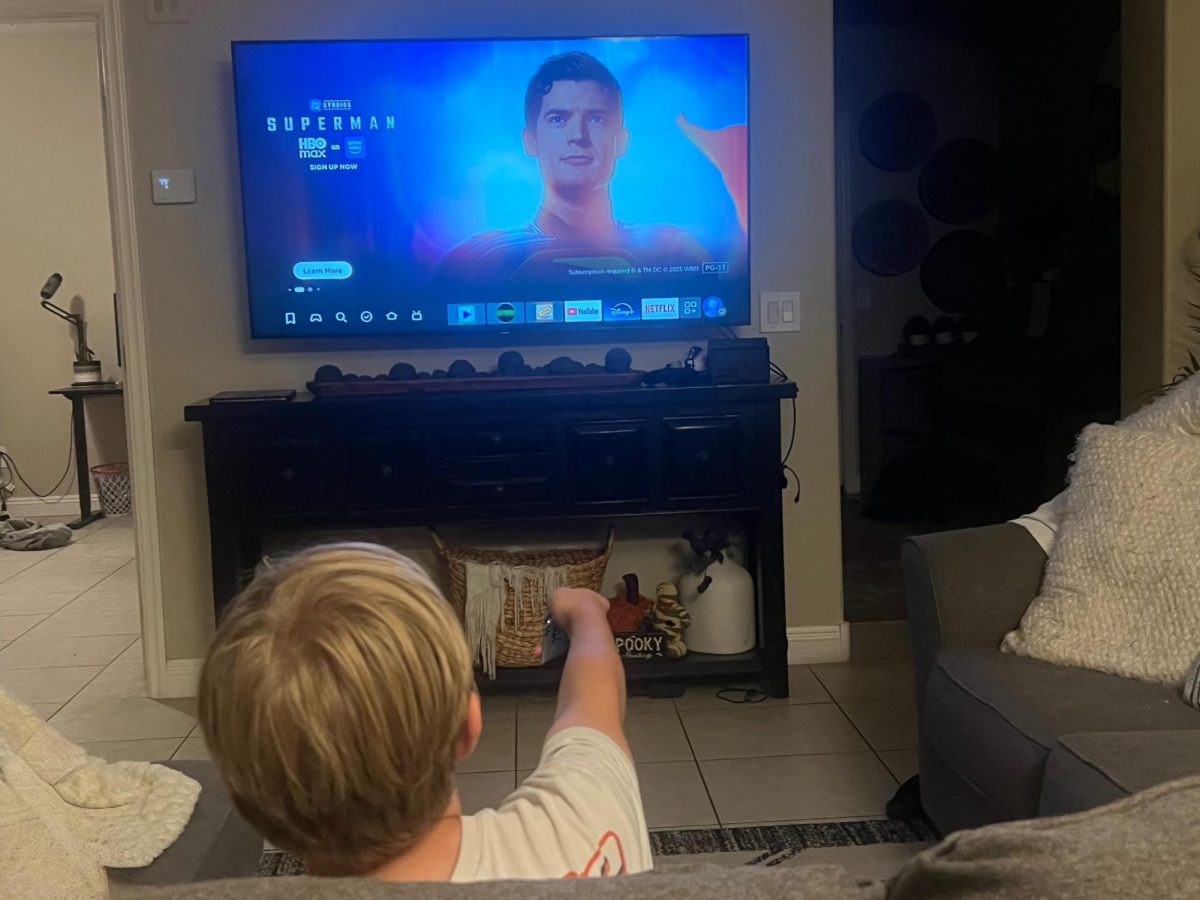


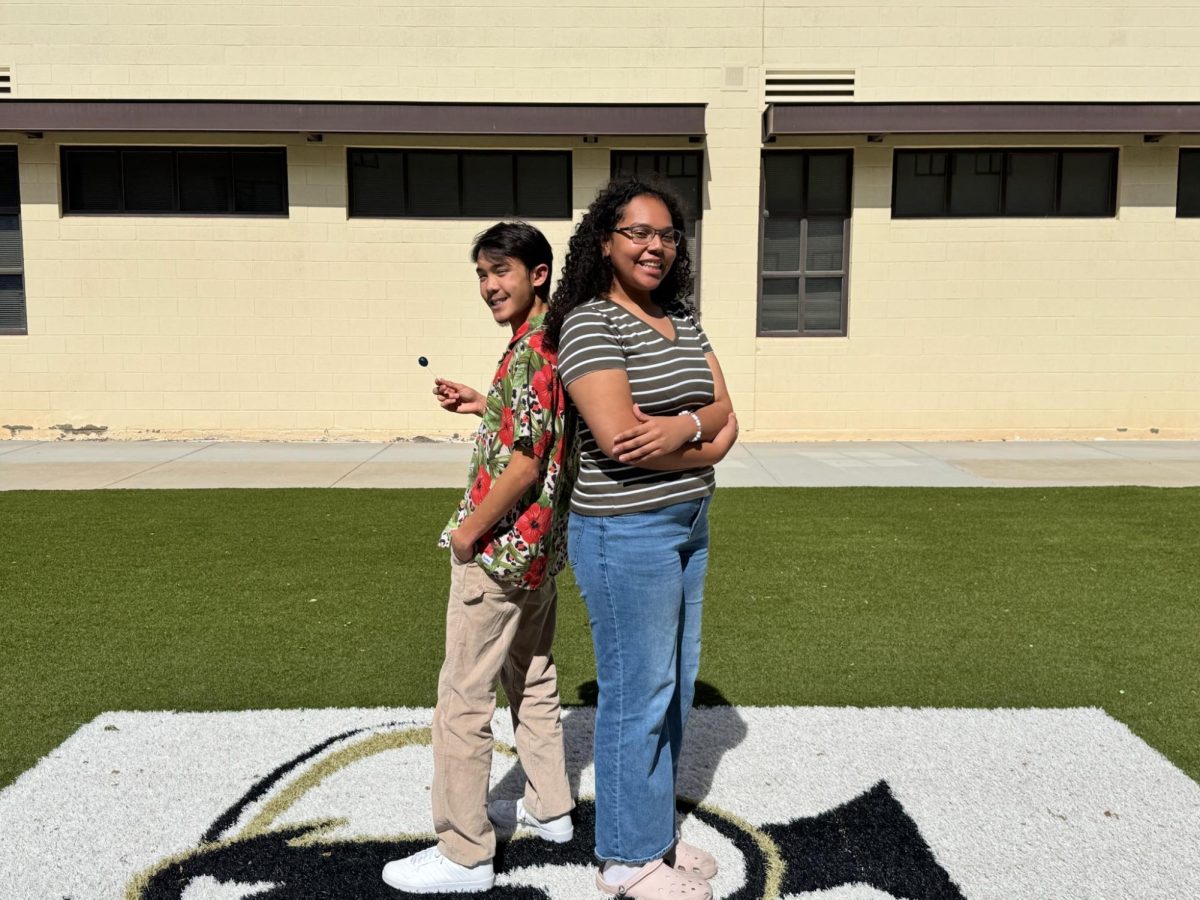

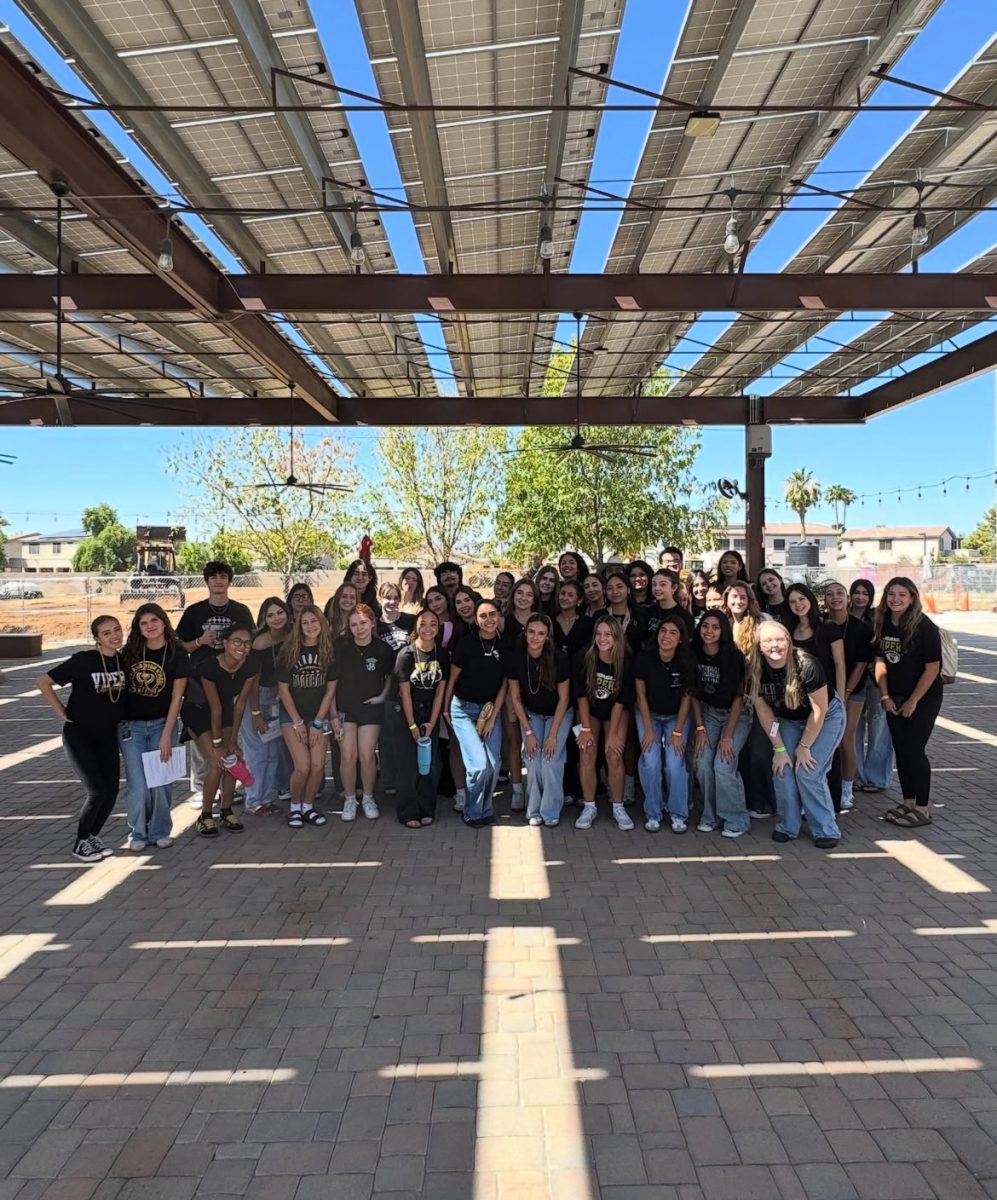
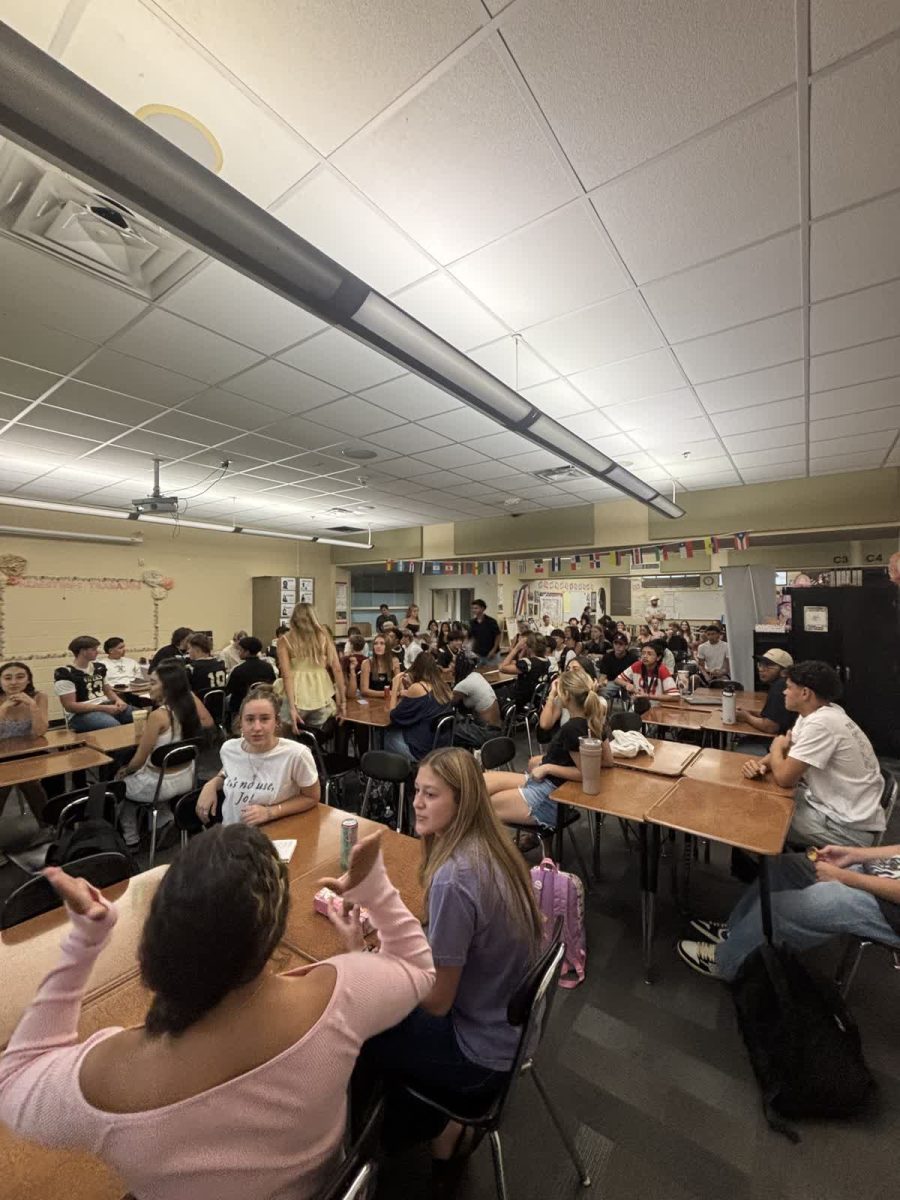







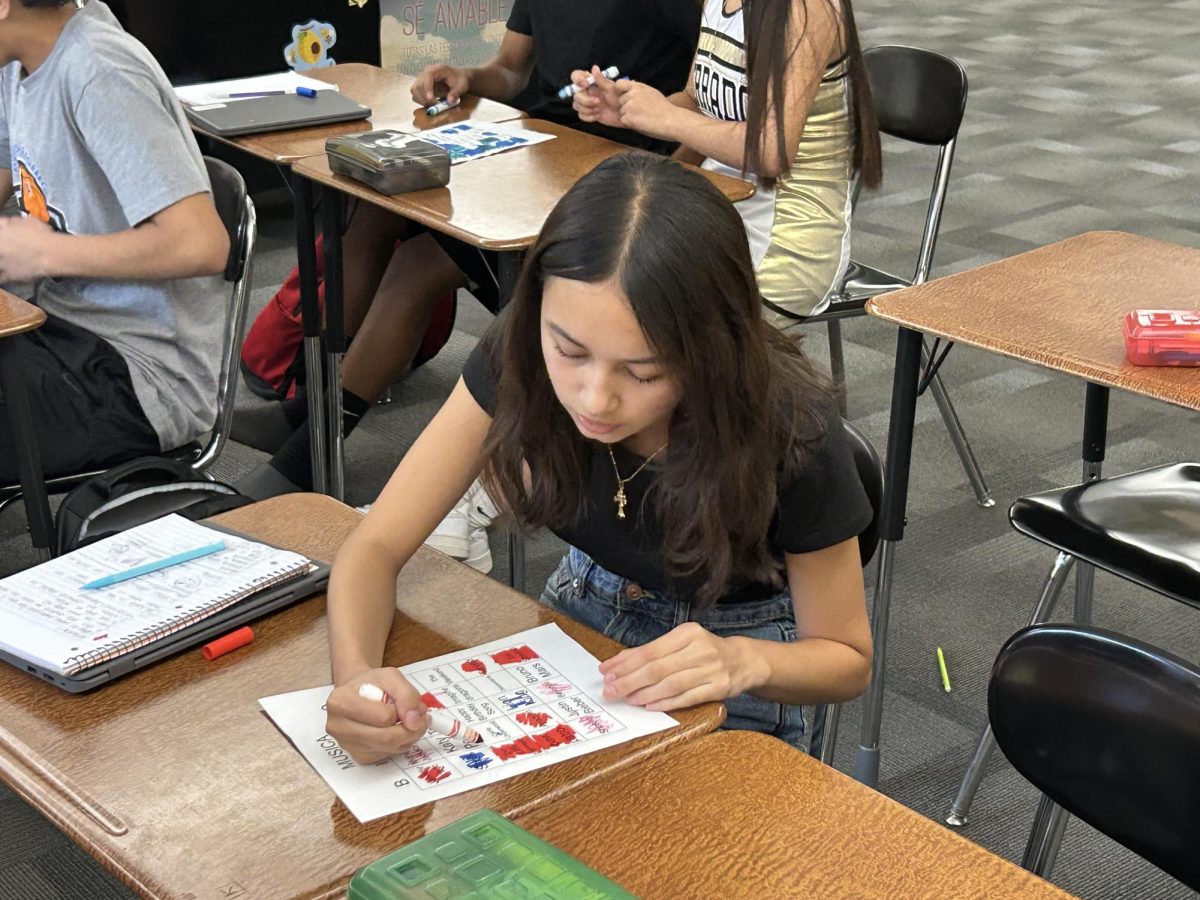

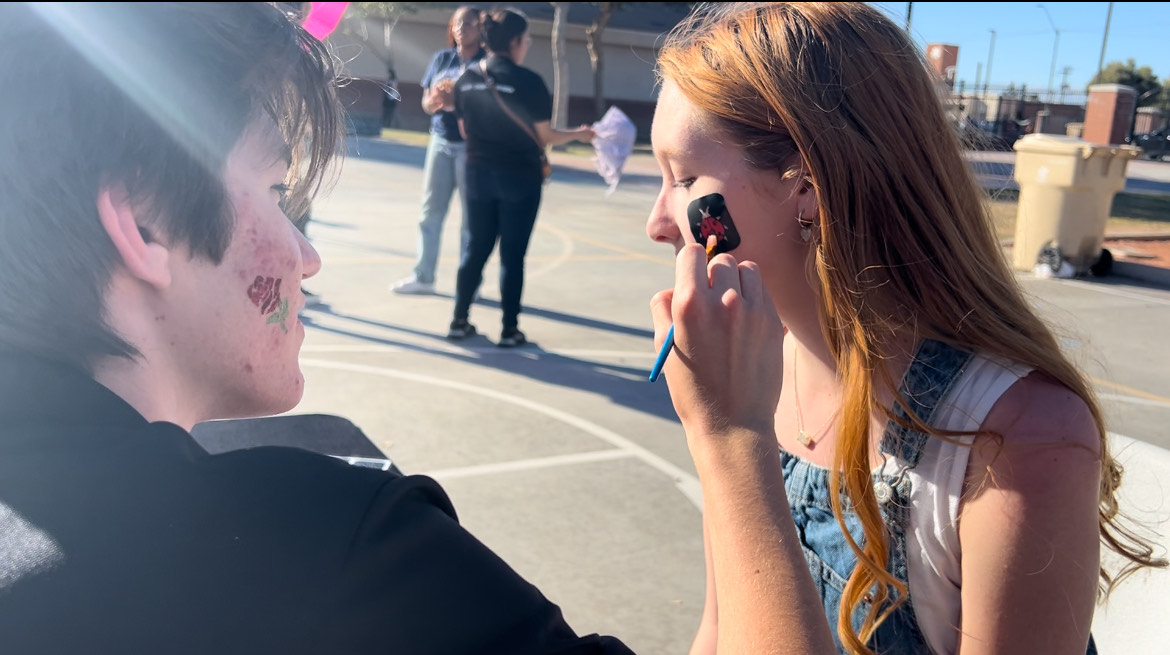
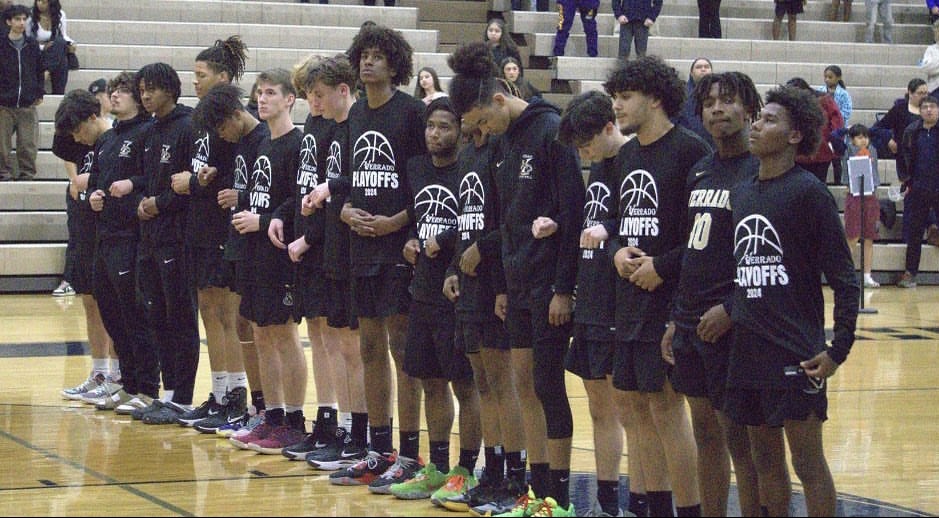
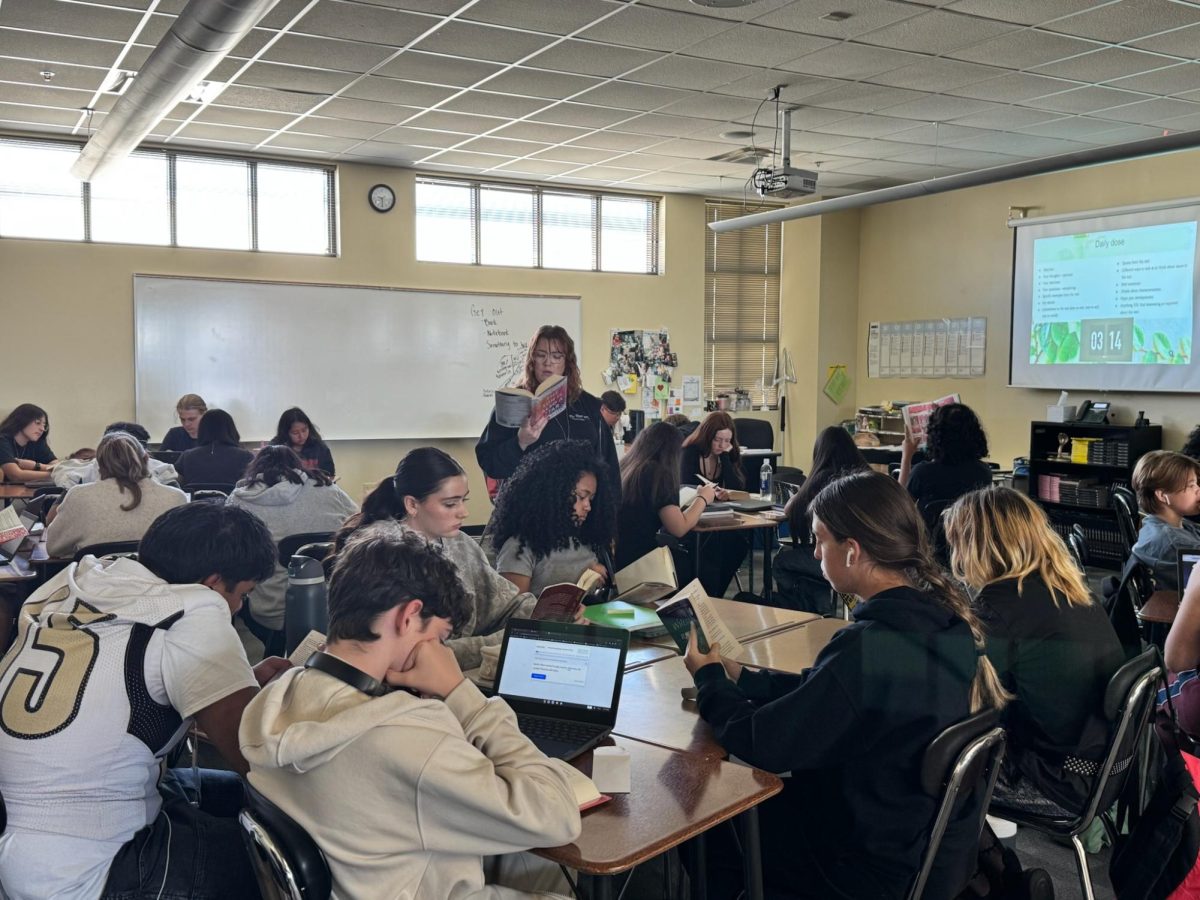

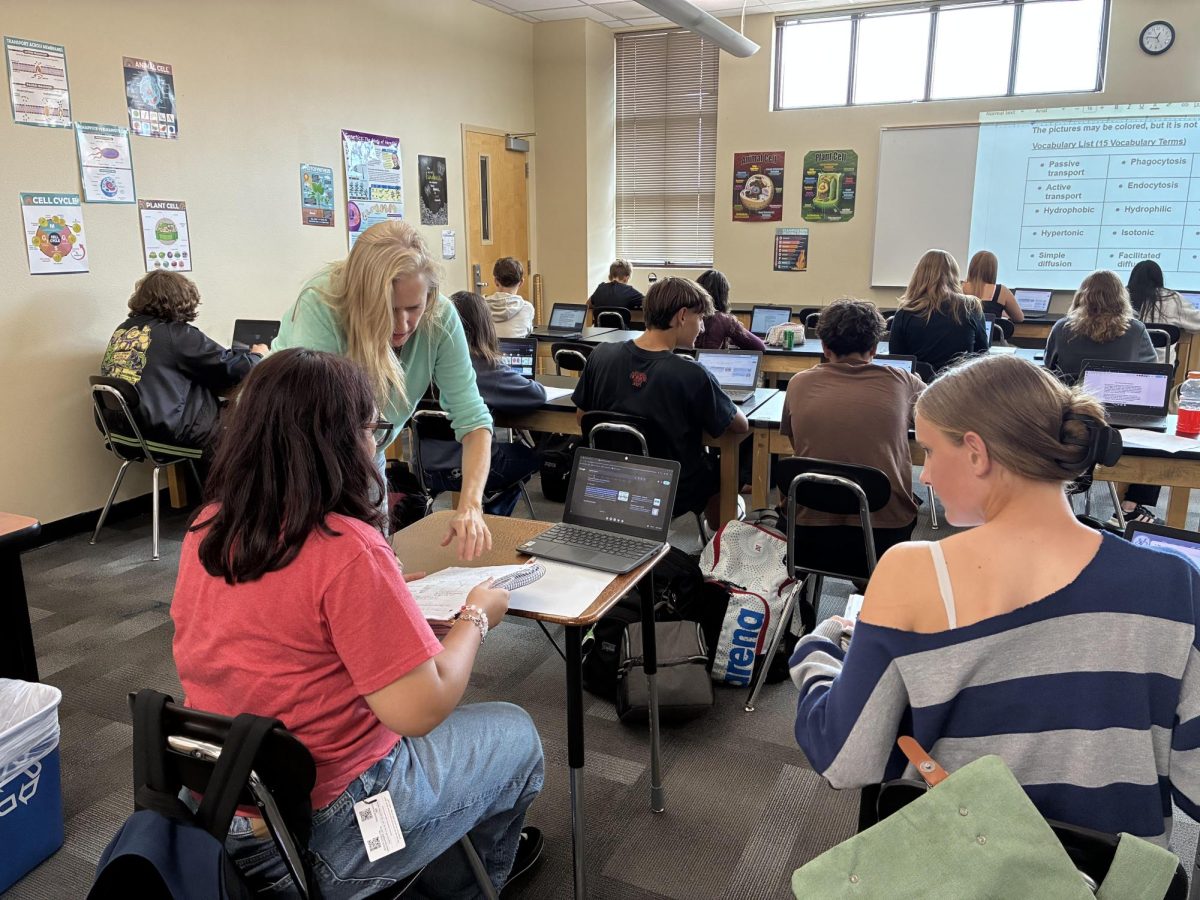
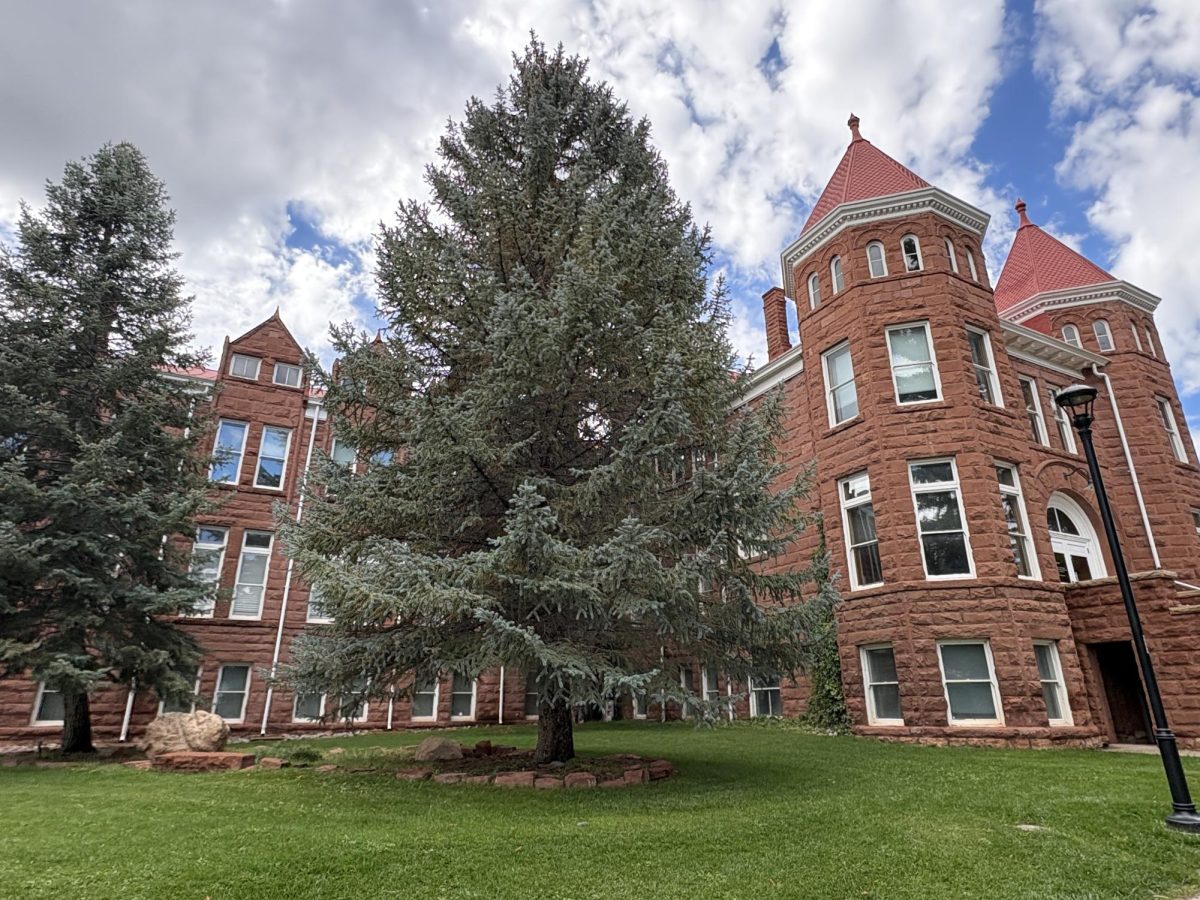




carter smith • Aug 15, 2025 at 10:27 AM
In the article about if a gap year is worth it or not, it highlights the positive and negative effects. I like how It positively states how gap years can provide time for graduates to finalize and figure out potential career paths and opportunitys for them to persue in their future. I also like how along with the positive effects, the negitive effects also provide a strong and valed point. It states how gap years can come with responcibilitys and the loss of motivation amongst students witch is a common and growing problem in this day and age. Those are some of the things i like about the gap year argument.
Gabriel A • Aug 15, 2025 at 10:24 AM
This article was interesting to me because I’ve been wondering if I should take a gap when I graduate from college and with this article it gave me more insight on that topic. This article has me rethinking if I should or shouldn’t because when I graduate I want to move out of state. This article will mostly like lead me to researching the topic more now.